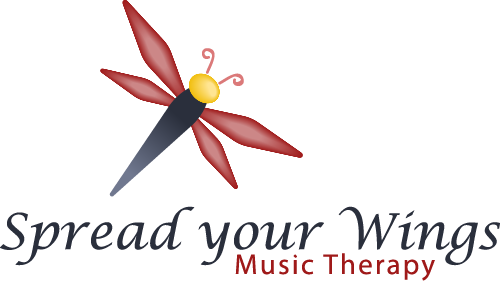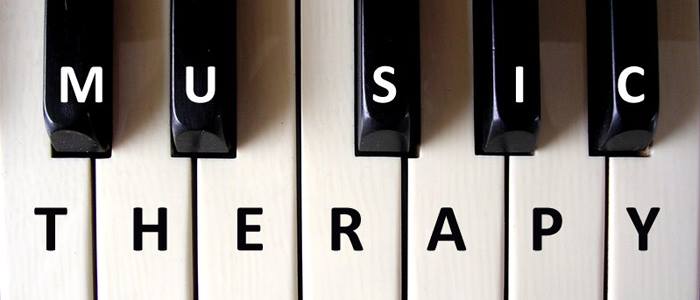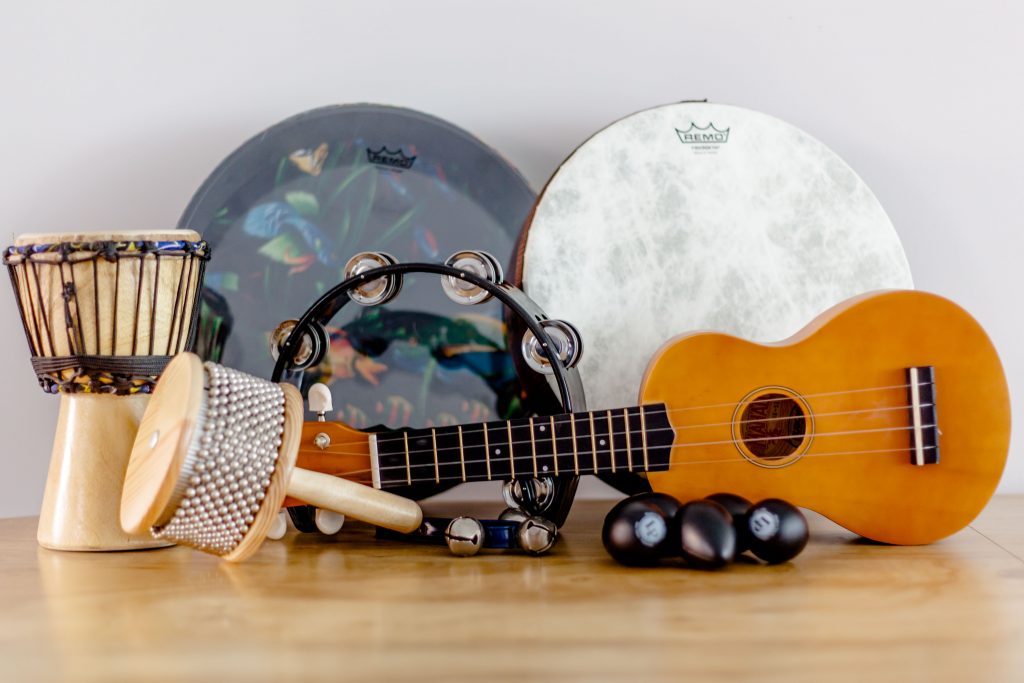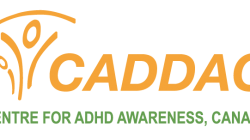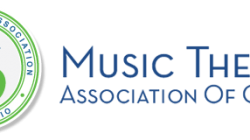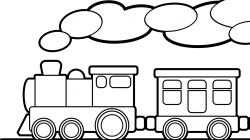I recently started working with the children at Red River Early Learning Centre and it has been a joy for me getting to know them and introducing them to music therapy. I would love to introduce you to a typical group music therapy session with children. Here are some common features:
Hello/goodbye songs: At the beginning and end of every group session, I use a hello song/goodbye song. Often, I will use the same songs in each session so that the children can become familiar with them and eventually be encouraged to help me sing. These songs provide an element of structure and predictability to the session, which can be particularly important for youngsters who tend to prefer consistency and sameness. Hello/goodbye songs usually go through the process of addressing the group as a whole and then addressing each child individually. This offers children the opportunity to practice joint attention, social behaviour, and turn-taking, as well as addressing mental-health related goals such as feelings of self-worth and feeling appreciated by others.
Singing familiar songs: It is important for a music therapist to know their clients’ preferred music because often these songs will be the most motivating. Familiar songs can be adapted in a variety of ways to fit the needs and to address the goals of the client. For example, I recently used the song “If You’re Happy and You Know It” with a group of young children. I had the children name some different things that they have felt (silly, sad, excited, scared, etc.) and asked them what they do when they feel those things. This was used to help the children explore various emotions and understand how they express their feelings all while having the opportunity to make silly faces and do fun actions!
